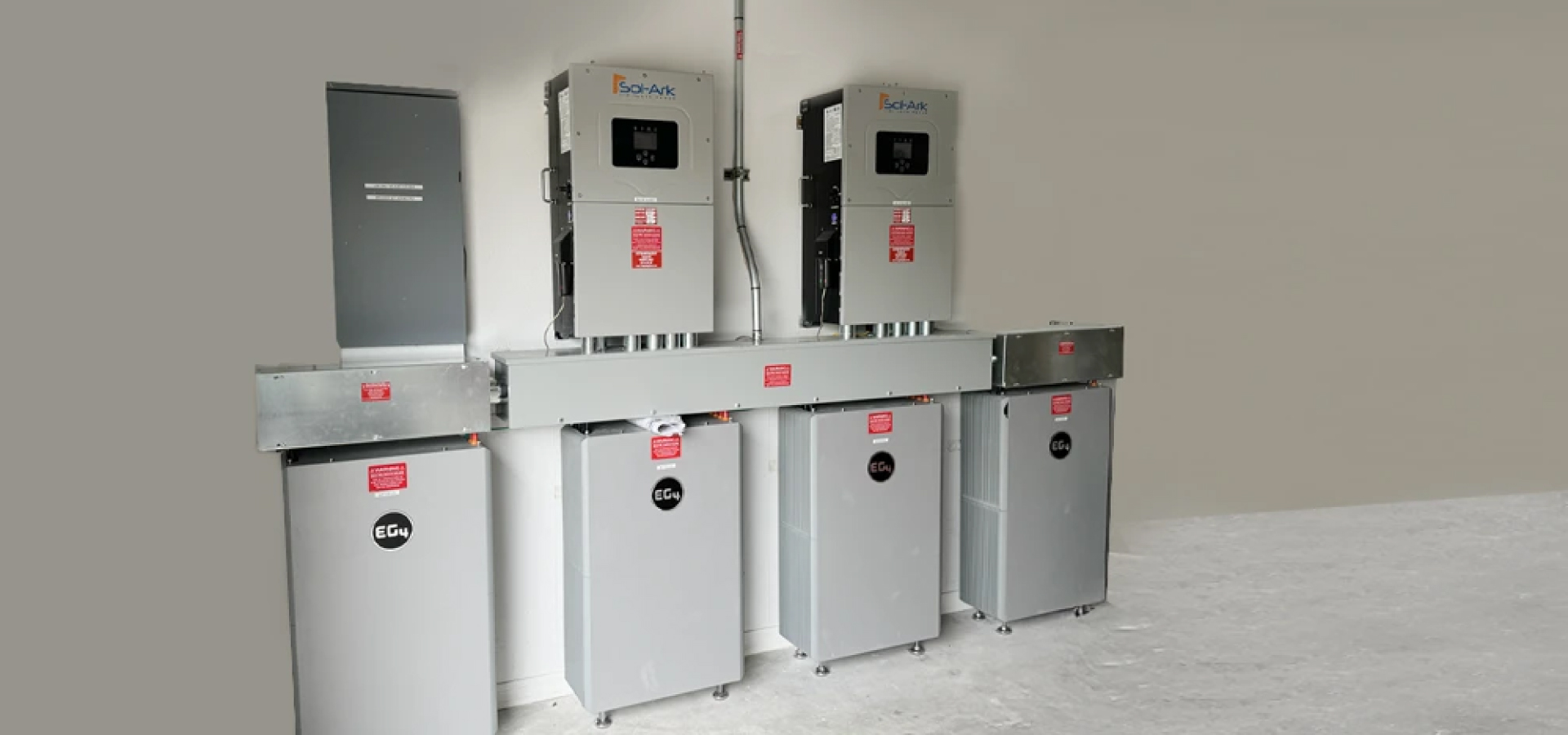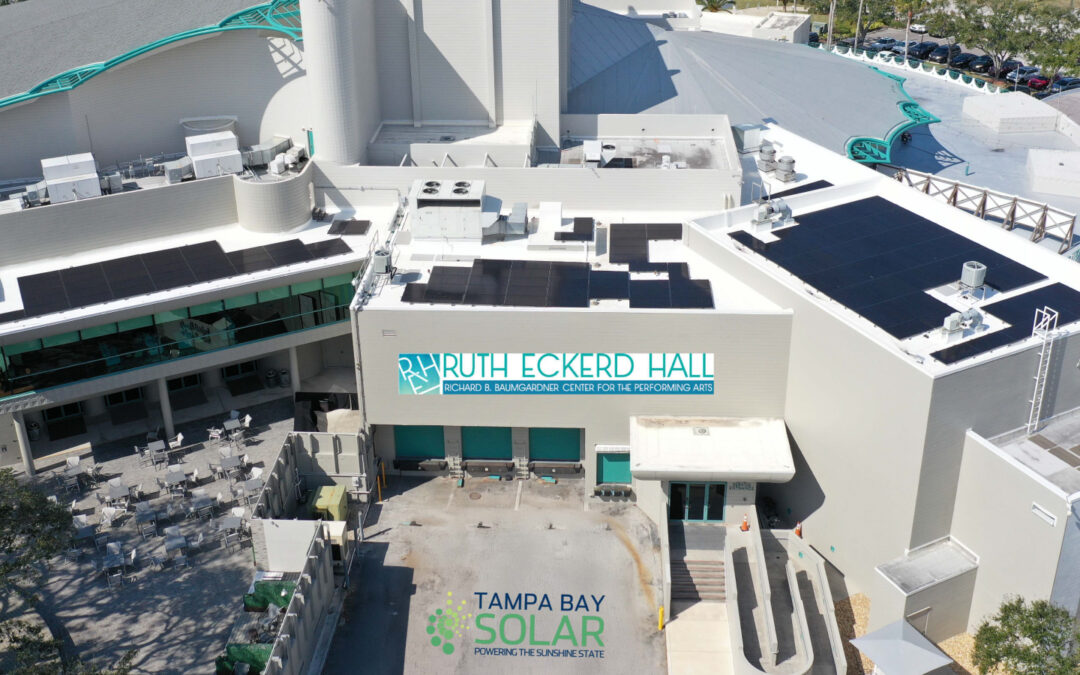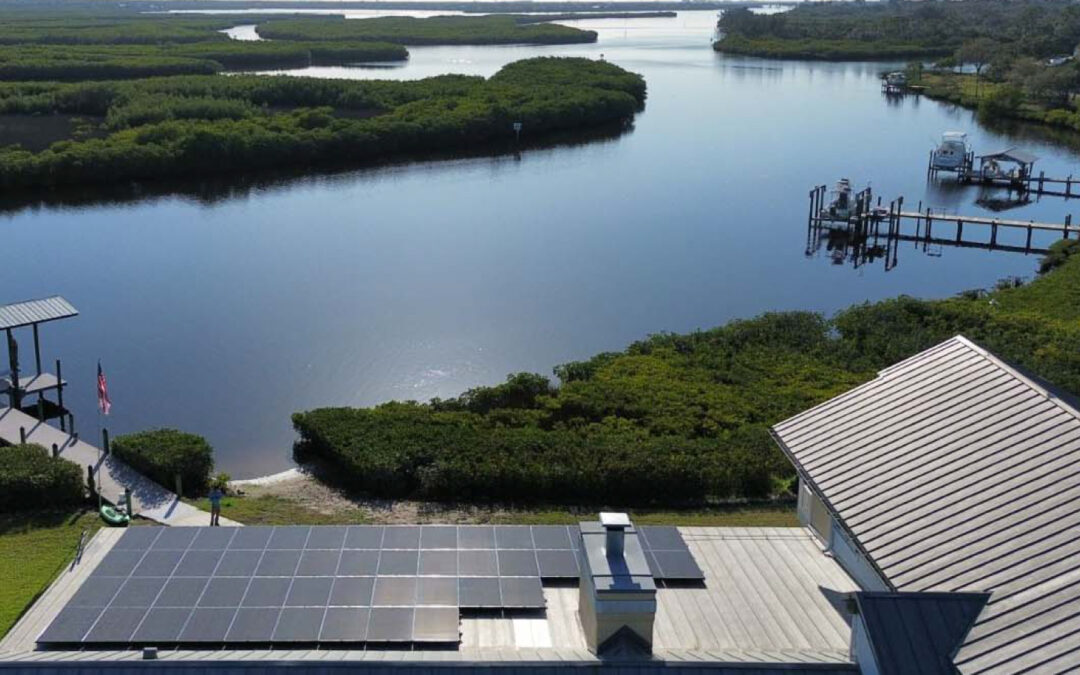Solar panels make clean energy during the day, but intense storms can cause power outages that last for weeks. The 2025 hurricane season forecasts above-normal activity, making residential battery storage a crucial investment.
Solar batteries store extra energy so you can use it when the sun isn’t shining, during power outages, or when electricity is in high demand. Knowing your options helps keep your home powered in any situation.
Battery technology options
Lithium-Ion batteries: Current market leader
Lithium-ion technology dominates residential energy storage markets. These batteries pack substantial storage capacity into compact units while lasting 10-15 years with minimal maintenance. Efficiency ranges from 90% to 95%, minimizing energy loss during charge cycles. Partial charging works fine, eliminating the need to discharge batteries fully.
Lead-Acid batteries: budget-friendly alternative
Lead-acid batteries offer an affordable entry into solar energy storage. These proven systems cost significantly less than lithium-ion alternatives; however, they involve trade-offs that impact long-term value. Lead-acid batteries last 3-7 years and need regular maintenance. They’re much larger and heavier, requiring more installation space. Efficiency hovers around 80-85%, resulting in significant energy loss.
Emerging technologies: Saltwater systems
Saltwater batteries are a novel approach to storing energy at home. They are safe and don’t catch fire. Many use these batteries because they are environmentally friendly. Current trade-offs include lower energy density and higher costs versus established technologies. However, these systems outlast lead-acid options while requiring virtually no maintenance.
Capacity and energy assessment
Determining the appropriate battery size requires evaluating household energy consumption. Review electricity bills for daily usage, then identify essential appliances that need power during outages. Essential loads include refrigeration, lighting, communication devices, and medical equipment. Comfort items like air conditioning require larger battery systems, which substantially increase costs.
Cost analysis beyond purchase price
Lithium-ion systems typically range from $10,000 to $15,000 for residential installs. At the same time, lower-cost lead-acid options are sometimes available starting around $5,000, but they come with shorter lifespans and higher maintenance needs.
Solar panel system integration
Battery systems perform optimally when designed in conjunction with solar installations rather than being upgraded later. Proper integration ensures optimal energy flow and backup power during critical moments. Many people choose backup power for their entire homes or for essential circuits. Whole-home backup systems require larger installation,solar storage batteries, whereas essential circuit backup offers storm protection at a more moderate cost.
Grid Dependency and Backup Power
A report from PV Magazine USA states that in 2025, solar and battery storage will account for 81% of new electricity capacity, with 18.2 GW of energy storage expected across the U.S.
Batteries work in different ways depending on the home. Some prefer to use them as a backup power source during outages. Others store solar energy during the day to use at night, saving on electricity costs.
During hurricane season, batteries are handy. Solar panels shut off when the grid goes down, but battery systems with proper inverters can keep essential devices running for days or even weeks.
Maintenance and lifespan factors
Solar Storage Batteries need different care. Lithium-ion batteries require minimal maintenance—check them periodically. Lead-acid batteries need more care. You must check water levels, clean terminals, and test them. If you don’t, they can break faster. Most battery systems include monitoring through smartphone apps, which track performance and identify issues early, while optimizing usage patterns for improved efficiency.
Selecting the right system
Residential energy storage selection involves balancing costs against benefits while considering family needs. Many prefer to focus on storm season backup power and might choose essential-circuit systems. Those seeking energy independence typically invest in whole-home solutions.
Local climate and utility policies have a significant impact on the environment. Areas with frequent outages or time-of-use rates experience faster payback periods for battery investments.
Energy storage evolution
Solar batteries provide homes with greater energy independence as prices fall, and storms become more frequent. You can choose lithium-ion, lead-acid, or saltwater batteries based on your needs and budget. With professional installation, they stay safe and reliable. Tampa Bay Solar offers battery options to fit every system and budget. Get in touch with our team for a Free Audit & Quote today!
Our Service Areas
Hillsborough County: Tampa, Brandon, Riverview, Valrico, Plant City, Apollo Beach, Sun City Center
Pinellas County: St. Petersburg, Clearwater, Largo, Pinellas Park, Dunedin, Tarpon Springs, Seminole
Manatee County: Bradenton, Palmetto, Lakewood Ranch, Ellenton, Holmes Beach
Sarasota County: Sarasota, Venice, North Port, Osprey, Nokomis, Englewood
Pasco County: Wesley Chapel, New Port Richey, Zephyrhills, Dade City, Land O’ Lakes, Hudson





